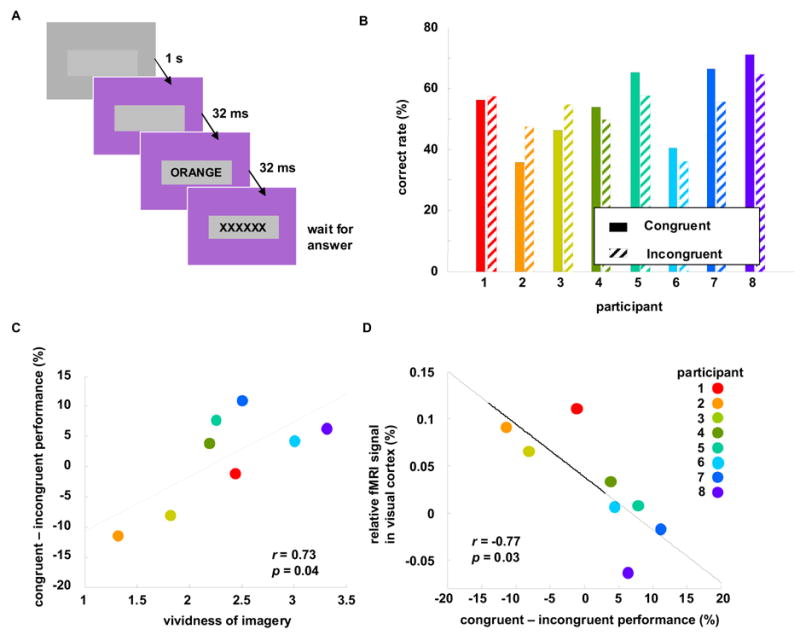Figure 2. Word-color interference correlates with subjective and objective measures of visual imagery.

(A) Timeline of the color word identification task. On each trial, the background screen color turned from gray to yellow, orange, or purple, and 32 msec later the word “yellow”, “orange”, “purple”, or no word flashed for 32 msec in a central rectangle. Participants reported on the keyboard which of the three words they saw (or no word). (B) The performance in congruent trials (where word and background color were the same) and incongruent trials (word and background color were different). Participants are ordered as in Fig 1. (C) Correlation between vividness of visual imagery and the congruent-incongruent performance. The latter is defined as the difference between performances on congruent versus incongruent trials, as seen in B. (D) Correlation between the relative visual cortex activity and congruent-incongruent performance.
